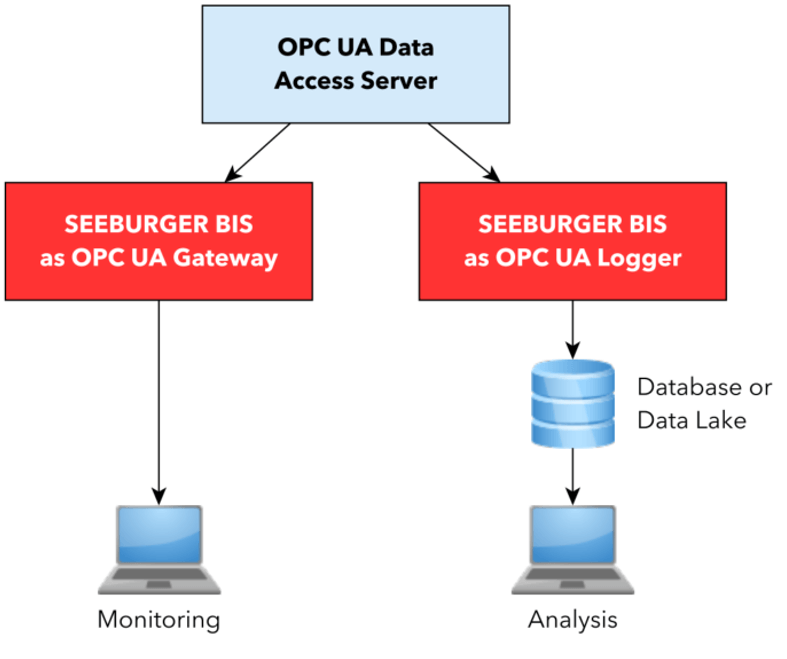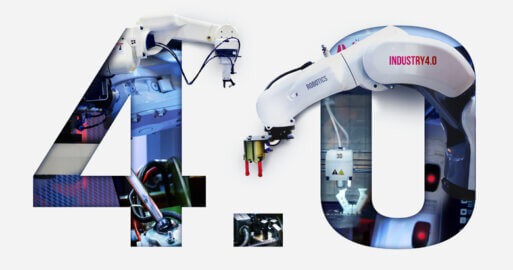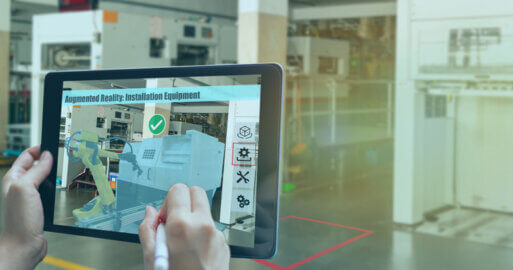Industrial Data Integration – Aggregation and logging of industrial process data by integration of heterogeneous data streams

The integration of the heterogeneous data streams generated in industrial processes enables the optimization of added value. Aggregation and logging form the basis of this approach.
What is industrial data integration?
The Industrial Internet of Things (IIoT) is a very broad generic term for a multitude of possible usage scenarios relating to the basic idea of interconnected devices. In this context, industrial data integration is an important aspect. It refers to the collection and further use of the data generated by industrial processes, which can serve the purpose of real-time monitoring on the one hand, but also the subsequent analysis and optimisation of the processes on the other.
Challenges facing industrial data integration
In many companies, systems are in operation that don’t allow homogeneous access to process data, but consist of components from different manufacturers that have very different interfaces. In this article, three possible application scenarios of the SEEBURGER Business Integration Suite are presented, which can contribute to improved accessibility of process data.
1. Industrial data integration for the aggregation of shop floor data
Standards such as OPC UA, described in more detail in our blog post OPC UA as a standard for IIoT applications, allow a unification of access under semantic aspects.
This often results in a situation like the one illustrated in Fig. 1:
- The shop floor contains numerous components (e.g. PLC, robot control, tool control), which provide current values of individual parameters via a connected OPC UA server.
- In order to be able to make these available in a target-oriented manner (and possibly in a reduced number), a single server should combine all data of a system unit and make it available ‘externally’.
- This aggregation task can be performed by the SEEBURGER Business Integration Suite with its OPC UA adapter, which has been supplied since release 6.7.89 (or 6.5.2 SP89).

2. Industrial data integration for the logging of process data
An OPC UA server in Data Access (DA) mode overwrites the value of a node as soon as a new value is available unless explicit provision is made for the persistence of previous values, for example based on part 11 of the OPC UA (Historical Access Server) specification. The SEEBURGER Business Integration Server with the already mentioned OPC UA adapter can also take over the role of such OPC UA logging (see Fig. 2 on the right side). Whenever a value is changed in the connected OPC UA server, it is written to a database or a data lake, together with some metadata such as the time stamp. Based on this historical data, numerous analytical reports are possible.

3. Industrial data integration for process monitoring
A further application is the monitoring of the processes represented by the OPC UA server in near real-time. The SEEBURGER Business Integration Suite acts as a gateway, for example between the OPC UA server and a connected monitoring interface in the form of a graphical dashboard. It is also possible to define critical metrics or similar conditions, and a message or other action would be triggered if they were exceeded. The application possibilities described here on the basis of an OPC UA scenario are at least basically transferable to other protocols.
Process optimization by industrial data integration
The heterogeneity of existing standards and protocols, which is well known in many industrial plants, can be reduced with the help of the SEEBURGER Business Integration Suite. This enables the deeper use of the aggregated data in the sense of increased added value for the optimisation of the actual processes.
Thank you for your message
We appreciate your interest in SEEBURGER
Get in contact with us:
Please enter details about your project in the message section so we can direct your inquiry to the right consultant.
Written by: Dr. Marcus Schneider
Dr.-Ing. Marcus Schneider works in SEEBURGER Research on the shop floor to top floor integration of extensive data streams in the area of IoT and Industry 4.0, especially on the basis of modern standards such as OPC UA. He did his doctorate from the Karlsruhe Institute of Technology (KIT) on information management in the collaborative assembly of variant-rich products. As project manager in the BMBF-funded (Bundesministerium für Bildung und Forschung = Federal Ministry of Education and Research) project KoKoMo (Kompetenz Kollaborative Montage = Competence Collaborative Assembly) he was involved in the prototypical implementation of integration solutions in several use cases of industry partners based on the SEEBURGER Business Integration Suite.





